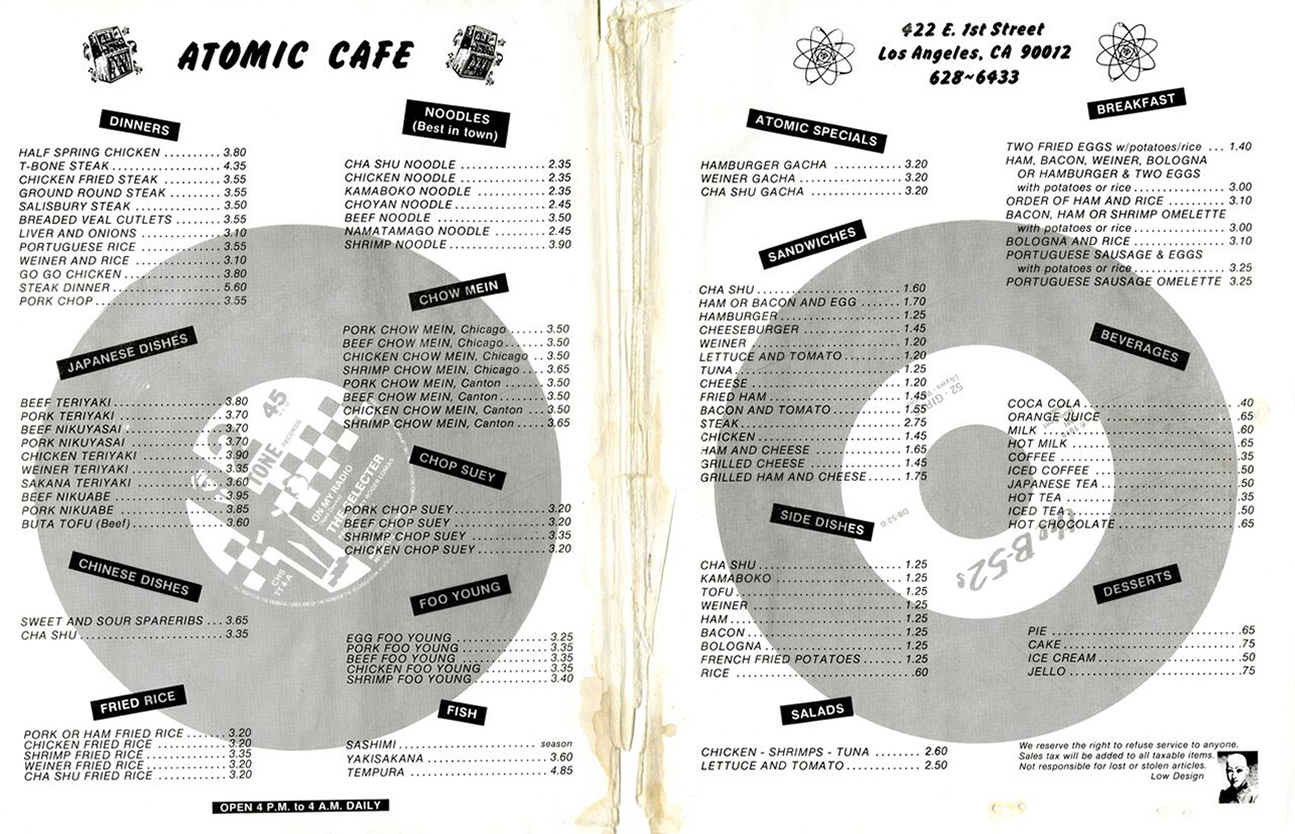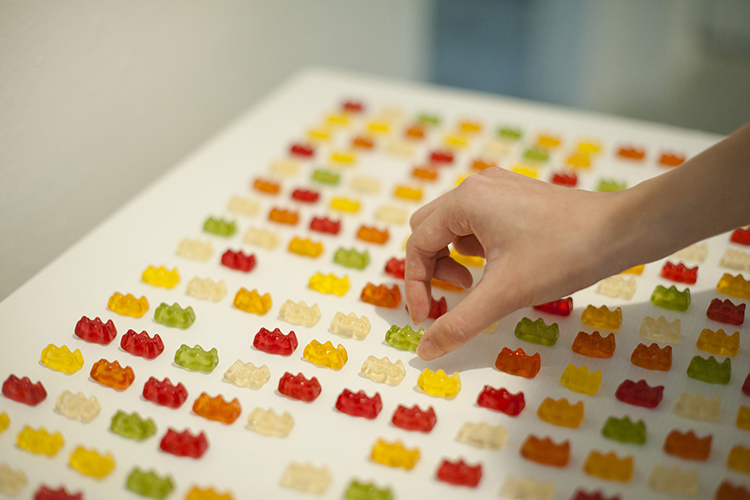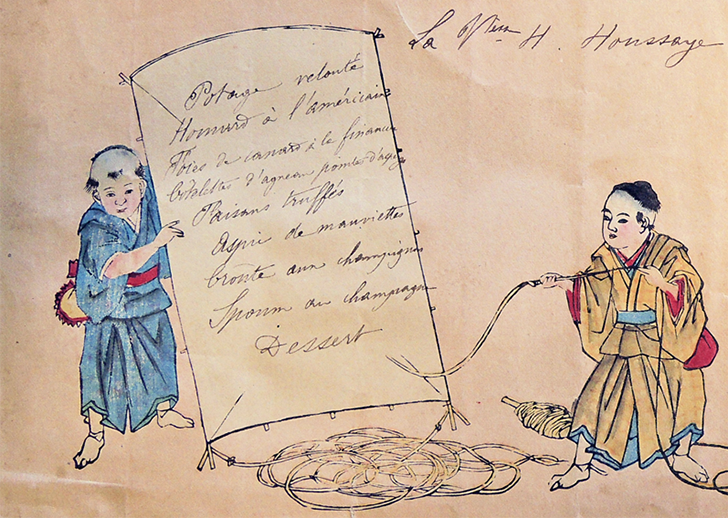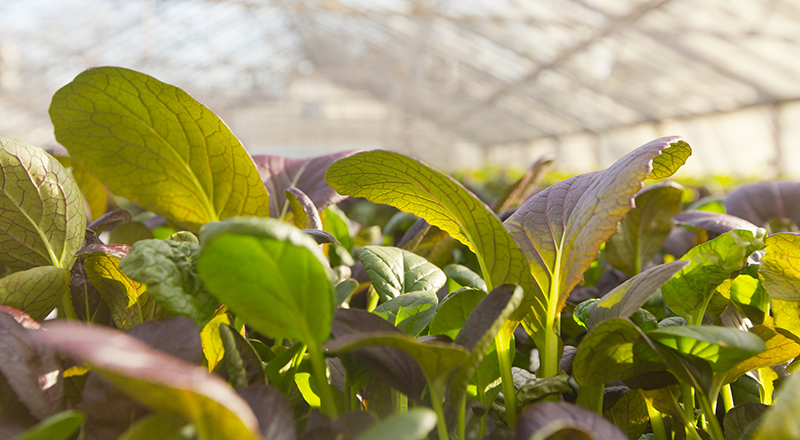
LinYee Yuan|Observer Quarterly
November 2, 2016
Easy Being Green

In the United States, over a third of the food that we produce goes to waste.
We all enjoy eating our greens with the convenience of pre-cut, pre-washed ease, but at what cost? Of all the disgusting things to find in the back of the fridge, a bag of slimy salad greens surely tops the list. No amount of washing seems to rid those delicate leaves of the remains of their decomposing counterparts, and into the trash bin they go. But, where some see waste but others see treasure. At a dinner party in Brooklyn in the fall of 2013, the young entrepreneurs behind Radicle Farm met, discovered a passion for reducing food waste, and a radical idea was born: instead of buying greens in a bag, what if shoppers could buy a living salad?
The idea for a living salad, roots intact, blooming on a grocery shelf and then harvested at peak deliciousness by the consumer at home, is a completely disruptive way to buy packaged salad greens. Since 1986, when Earthbound Farm introduced the convenience of bagged lettuce to the nation, neither the threat of food poisoning or mass contamination has slowed the growth of the $4.2 billion bagged salad industry. Often triple-washed with chlorinated water, spun dry, and then bagged with nitrogen or argon gas to be transported thousands of miles to your grocery store, bagged salad greens are harvested before their peak and typically have a shelf life of only a week or two before the slime sets in.
The founders of Radicle Farm Company were appalled at the amount of waste produced by current methods of delivering greens to consumers (and equally so by limp, tasteless salad greens). A living salad seemed like a viable way solution to tackle both problems. Each of the three young entrepreneurs behind Radicle—Christopher Washington, James Livengood, and Tony Gibbons has experience managing farms of various scales—Washington worked in international development and managed farms in Accra, Ghana, and Washington, D.C., Livengood built agricultural systems and Gibbons brought a wealth of knowledge from the restaurant industry and also co-founded an urban farm in 2008.
“Our mission is to provide the best possible greens to our local market,” Livengood explained. “The two key points in that mission are ‘best’ and ‘local,’ terms essentially contingent on each other.” Radicle Farm launched in January of 2014 with an 1,800-square-foot hydroponic greenhouse in New Jersey, $1000 in the bank, and a vision to reimagine the way we produce, harvest, transport, and consume fresh greens. Their first product, a living salad that has more in common with a tray of seedlings from the garden nursery than its bagged salad competitors, appeared on shelves at Whole Foods last year. With a bit of water and some sunshine, the Radicle Salad continues to grow until it’s ready to be harvested and eaten.
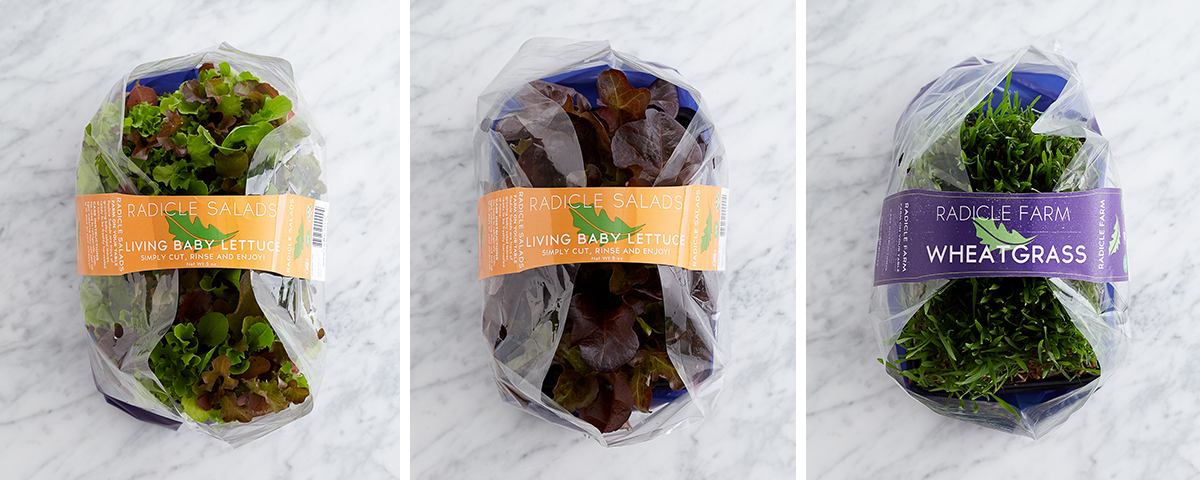
Since then the company has expanded into a formerly abandoned greenhouse in Utica, New York, and has developed an interesting and relatively low-cost, automated system with targeted irrigation techniques using minimal water and energy inputs. Greens are grown in a compostable soil mix in recyclable trays, harvested into their open “bag” packaging, and trucked to their final destination. Everything from the design of Radicle’s greenhouse systems to the open package feeds into their mission to provide the best greens to the local market. Their commitment is to grow greens less than 400 miles from the final destination—your dining table.
The company’s promise for fresher, more delicious, and ultimately safer greens is also a promise of a changing food system. Radicle is not only working to deliver a bit of the farm to our tables and an end to the plague of slimy salad waste, but also designing a new type of product journey to grow, transport and display salad greens. “All we ask is that our customers be open to the idea that there can be better way.”
To read the entire article and more about the intersection of design + food, pick up a copy of Observer Quarterly Number 3.
Observed
View all
Observed
By LinYee Yuan
Related Posts
Related Posts

